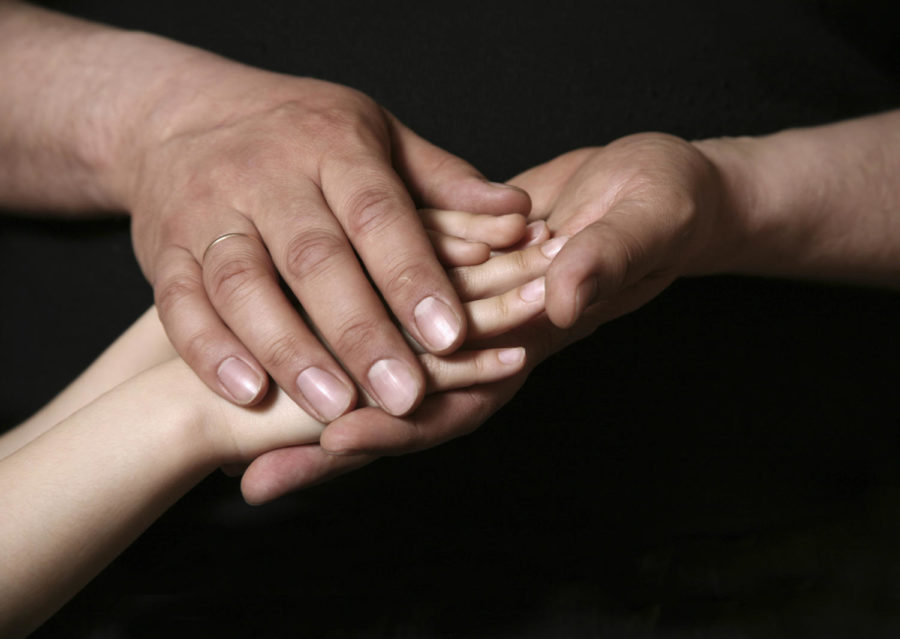Woodruff: Human services agencies put child safety second
Child Protective Services
January 11, 2016
Thousands of people from around the nation are reported for suspected child abuse each year, and too many of these reports, approximately 40 percent, are overlooked without any investigation.
The Department of Human Services (DHS) and Child Protective Services (CPS) boast about protecting the majority of abused children, but what happens to all of the kids to whom they turn a blind eye and leave in the hands of a possible abuser? And more importantly, how is an oversight of this magnitude leaving the reputation of these organizations unscathed?
DHS and CPS are often thought to be a front line for getting children out of abusive or unacceptable living conditions. However, their most recent Child Maltreatment report, which was released in 2013, sheds a different light on how they truly handle child neglect and abuse referrals.
The report states that there were 3.5 million referrals of suspected child abuse in 2013, 62 percent of which were reported by professionals such as teachers and daycare workers. Given that these individuals are mandatory reporters of child abuse because of their frequent contact with children, the reason for these reports is not something to be taken lightly.
After the initial report, each of these referrals goes through a screening process in which they are either “screened in” or “screened out.” American Humane outlines the screening process, stating that in order to be screened in the referral must meet very specific state criteria.
Unfortunately, this means that the 39 percent of referrals made in 2013 that were screened out by the CPS will never be given a second look or investigated. This could be leaving countless children in potentially dangerous environments, simply because their situation did not fall into specific CPS set parameters.
It was also stated in the report that 61 percent of referrals are screened in and become official reports. These reports led to 3.2 million children receiving investigation for their living situation in 2013.
Of those 3.2 million children, 679,000 were found to be true victims of abuse, maltreatment or neglect. Unfortunately, a meager 58 percent of the proven victims received post response services to aid in improving the child’s living conditions.
What is even more alarming than the lack of help for these mistreated children is the way the help was implemented. The report states that 88.6 percent of abuse happens from a child’s biological parent, yet the majority of said abused children — 251,000 of the 396,000 — were given only in-home services. This means CPS chose to leave the child in a situation that was identified as unhealthy and unsafe.
Children who are physically neglected or abused, as well as kids suffering from sexual abuse are left in homes. Of the nearly 18,000 children sexually abused in 2013, only 2,752 of them were taken away from their abusive homes. This leaves a large percentage of the abused children alone and afraid of one or both of their parents.
The 2013 CPS report also includes information about the deaths of abused children. Many states, including Iowa, had no published information on the CPS list, making the national data set less accurate. Of the states that did report, an alarming 3.1 percent of the children removed from foster care and reunited with their original families died from further abuse.
The Violence Research Foundation (VRF) states that at least 60 percent of domestic abusers ultimately relapse back into their abusive ways after their children are returned to them from foster care. This is just one reason why children taken from their abusive homes should remain in a safe foster care environment despite claims by parents of “change.”
The 3.1 percent of child deaths in a reunited family environment still leaves a larger percentage of fatalities made up by children who were never removed from their abusive family. These were deaths that could have been prevented by a thorough inspection of the child’s home followed by immediate action.
While DHS and CPS work under the guise of protecting children, they seem to have an objective of keeping families together, rather than keeping children safe.
Child abuse, neglect and maltreatment need to be taken more seriously; every referral has been made for a reason and needs to be investigated. Children are losing their lives because of a broken system in which their safety is put second and their abusers are put first.
















